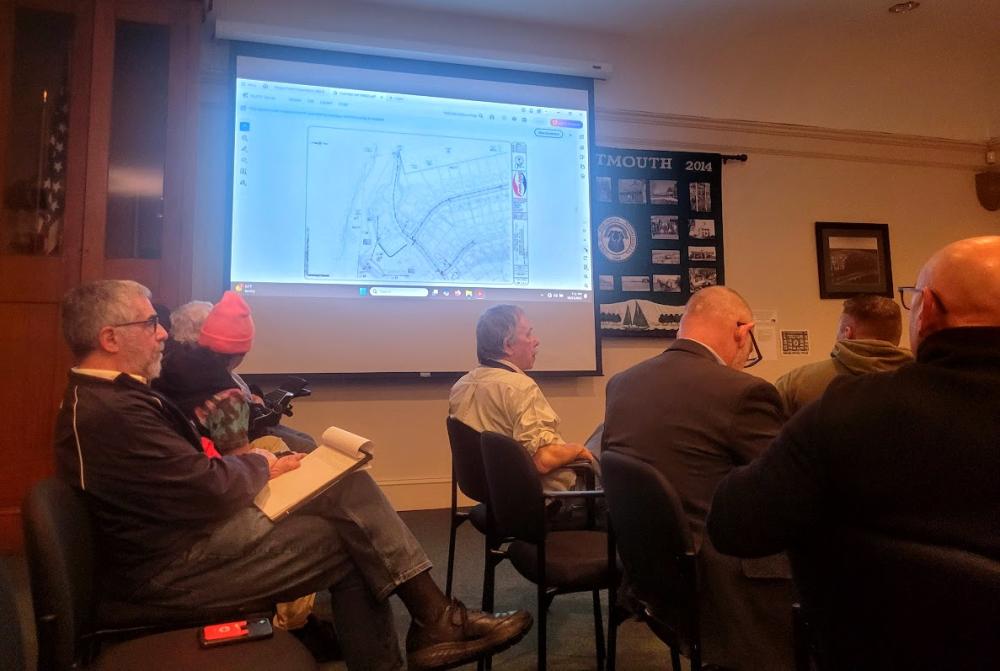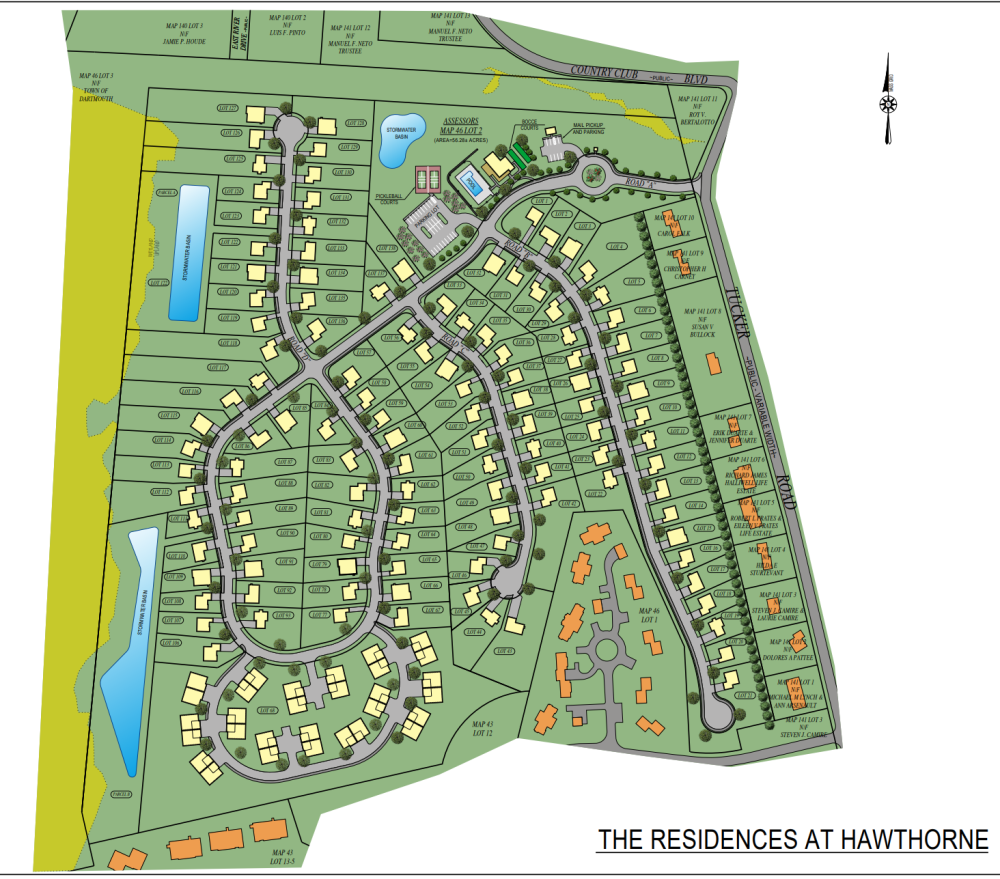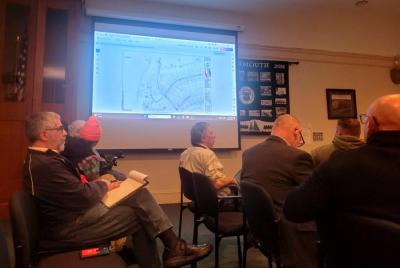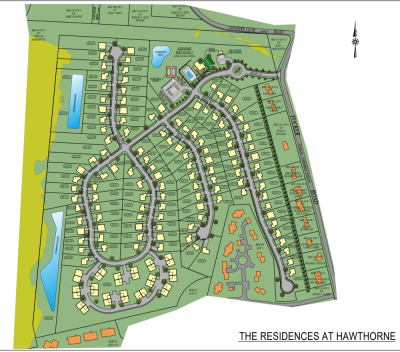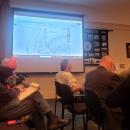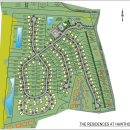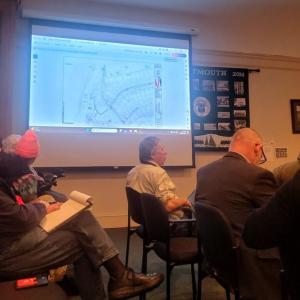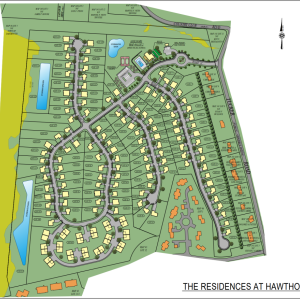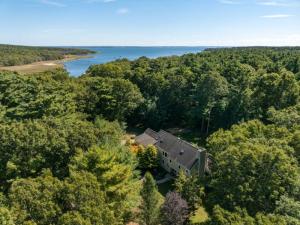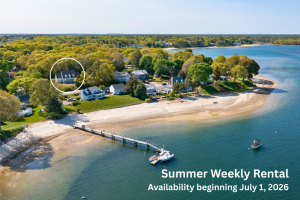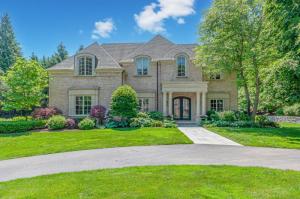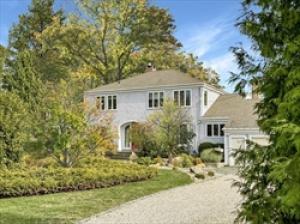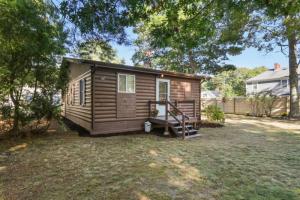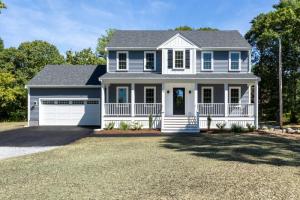Residents question handling of stormwater at Residences at Hawthorne development
Plans for the proposed Residences at Hawthorne development continued with a conversation about stormwater management, with many residents voicing concerns that the development would worsen conditions.
During a Zoning Board of Appeals meeting on Thursday, Oct. 23, Christian Farland, principal engineer and the president of Farland Corp, shared his stormwater design plans for the 56.3-acre lot.
The plans must meet 10 standards, which include designing the site so that there’s less water running off to nearby properties after the development is built and ensuring water quality meets the Department of Environmental Protection’s standards.
According to Farland, the project design meets all 10 standards and could improve stormwater because “we’re trying to capture a bunch of it through our site."
To meet stormwater standards, Farland had to decrease the number of proposed units from 147 to 138 to make room for a total of 11 stormwater basins, which he said would prevent water from flowing down the streets in “sheet flows.”
Several residents had concerns about how the development would affect nearby water systems and wetlands.
Jacqueline Lasalle said she was “very concerned” about the development because of a brook that runs directly through the side of her family’s property. She explained that it already overflows with stormwater during storms, sometimes rising until it’s about 10 feet away from her neighbor’s door.
“During large storms in the winter and just general tropical storms, rainstorms, it can probably rise two feet, if not more … it’s like a waterfall coming down,” she said.
Lasalle asked if a study could be conducted to make sure the land is an appropriate place to build so many homes and that it doesn’t worsen the current drainage and runoff issues.
Resident James Bean questioned how the development would affect the health of the Paskamansett River and Buzzards Bay.
“I assume all of the catchment is still going to end up in the river, and then it flows down into the Slocum, which is an estuary,” he said.
There is also currently a pond on the property, which, under current plans, would be filled in to create more space for duplexes.
Residents such as Karen Everett questioned why this was, saying, “It’s not a puddle, it’s a pond. It has fish. Birds feed there, nest there.”
Farland said that the pond isn’t a part of the Conservation Commission’s jurisdiction due to its size, which means it isn’t a protected body of water.
According to Farland, the proposed development would be a “significant improvement” for stormwater management because the project site doesn’t currently have any treatments for stormwater.
He said he was “pretty positive” the town’s peer review consultants would support his stormwater designs.
“We feel [with] the soil and the topography of this land, the best approach would be these detention basins as we designed,” he said.
Farland said the plans were designed “very conservatively” because of the number of residential units that have been proposed.
“The last thing we want is anybody’s backyard flooding, not yours specifically, but the future homeowners here as well,” he said.
The public hearing will continue on Thursday, Dec. 4 when the results from peer review studies, which would include stormwater management and also a traffic study.













